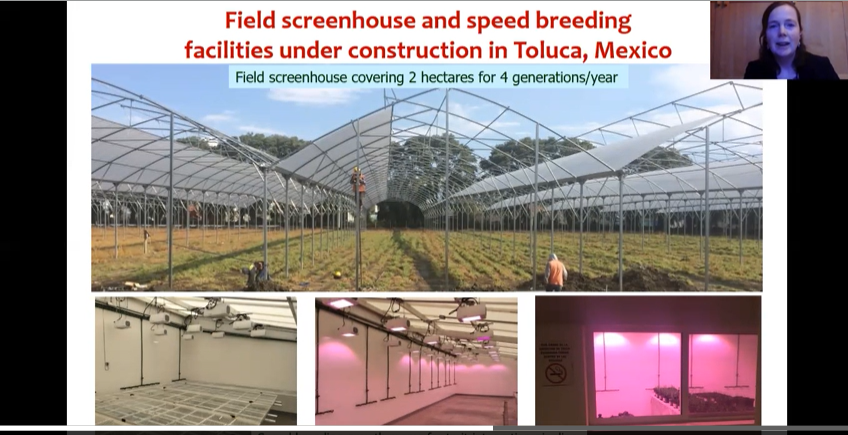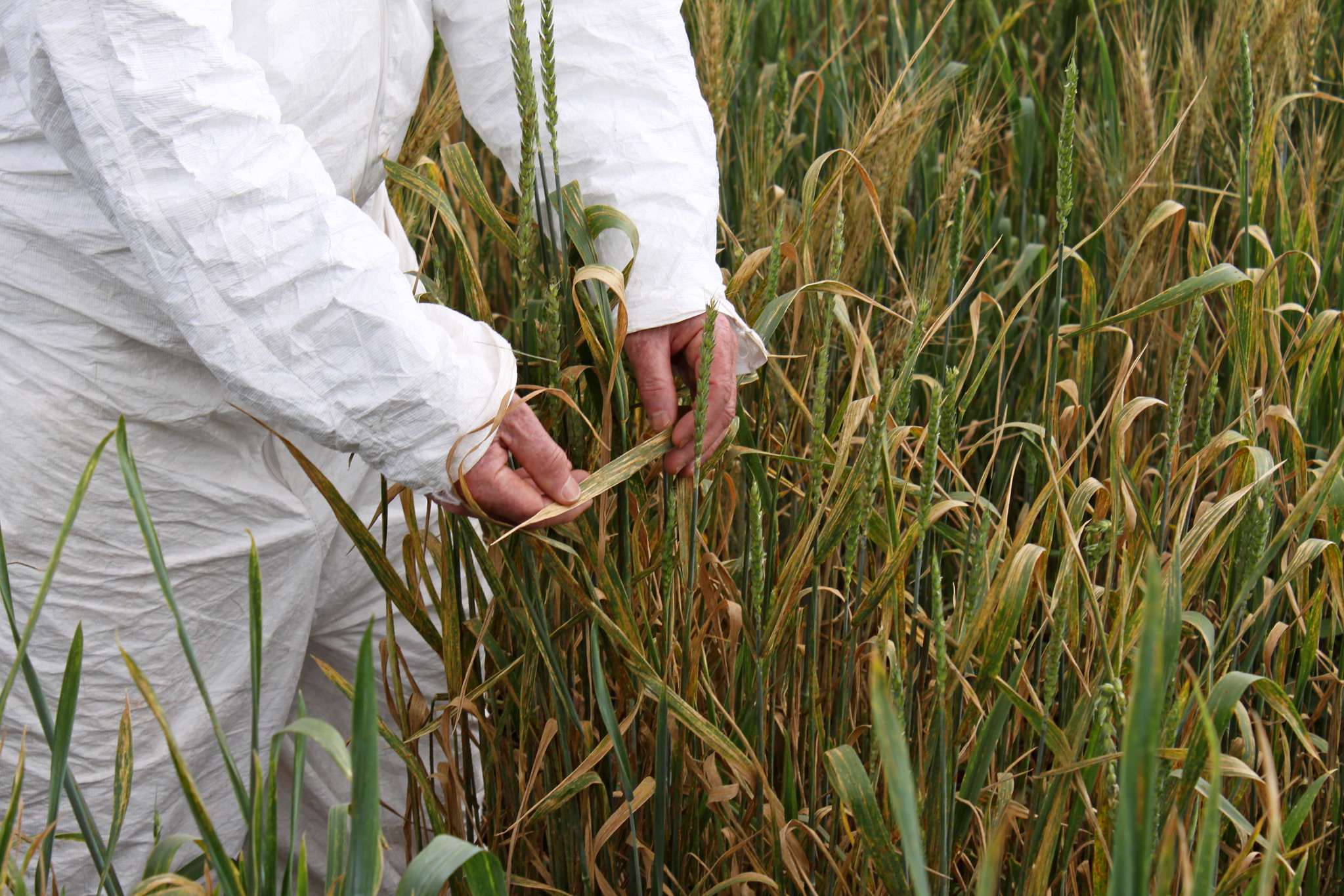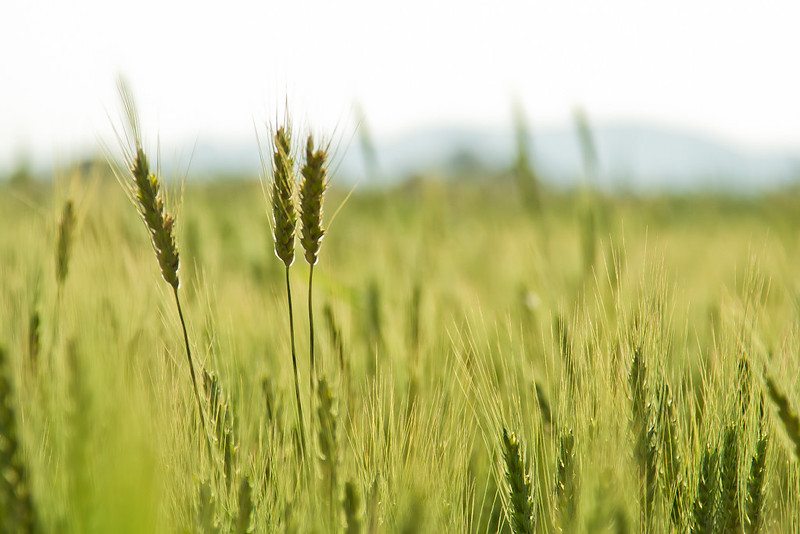
Wheat scientists in the Accelerating Genetic Gains in Maize and Wheat for Improved Livelihoods (AGG) project, led by the International Maize and Wheat Improvement Center (CIMMYT), presented a range of new research at the 2020 Borlaug Global Rust Initiative (BGRI) Technical Workshop in October, highlighting progress in spring wheat breeding, disease screening and surveillance and the use of novel genomic, physiological tools to support genetic gains.
Sridhar Bhavani, CIMMYT senior scientist and head of Rust Pathology and Molecular Genetics, delivered a keynote presentation on a “Decade of Stem Rust Phenotyping Network: Opportunities, Challenges and Way Forward,” highlighting the importance of the international stem rust phenotyping platforms established with national partners in Ethiopia and Kenya at the Ethiopian Institute for Agricultural Research station in Debre Zeit, and the Kenya Agricultural and Livestock Research Organization station in Njoro, respectively. These platforms support global wheat breeding, genetic characterization and pre-breeding, surveillance and varietal release, and will continue to be an important mechanism for delivering high performing material into farmers’ fields.
CIMMYT wheat breeder Suchismita Mondal chaired a session on breeding technologies, drawing on her expertise leading the trait delivery pipeline in AGG (including rapid generation cycling and speed breeding). She led a lively Q&A on the potential for genomics and data-driven approaches to support breeding.
In the session, CIMMYT Associate Scientist and wheat breeder Philomin Juliana presented a “Retrospective analysis of CIMMYT’s strategies to achieve genetic gain and perspectives on integrating genomic selection for grain yield in bread wheat,” demonstrating that phenotypic selection — making breeding selections based on physically identifiable traits — has helped increase the proportion of genes associated with grain yield in CIMMYT’s globally distributed spring wheat varieties. Her work demonstrates the efficiency of indirect selection for yield in CIMMYT’s Obregon research station, and the potential of genomic selection, particularly when incorporating environmental effects.
The use of Obregon as a selection environment was further explored by CIMMYT wheat breeder Leo Crespo presenting “Definition of target population of environments in India and their prediction with CIMMYT’s international nurseries.” This work confirms Obregon’s relevance as an effective testing site, allowing the selection of superior germplasm under distinct management conditions that correlate with large agroecological zones for wheat production in India. Similar analyses will be conducted in AGG with the support of the CGIAR Excellence in Breeding Platform to optimize selection conditions for eastern Africa.
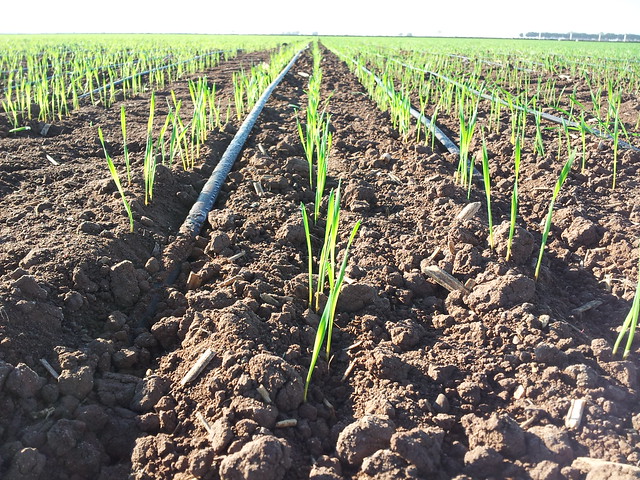
Supporting future genetic gains
CIMMYT’s Head of Global Wheat Improvement Ravi Singh presented “Genetic gain for grain yield and key traits in CIMMYT spring wheat germplasm — progress, challenges and prospects,” highlighting the International Wheat Improvement Network as an important source of new wheat varieties globally. He described progress on the implementation of genomic selection and the use of state of the art tools to collect precise plant trait information, known as high-throughput phenotyping (HTP), in CIMMYT wheat breeding.
With partners, he is now conducting both genotyping (measuring the genetic traits of a plant) and phenotyping for all entries in the earliest stages of yield trials in Mexico. In addition, his team has succeeded in phenotyping a large set of elite lines at multiple field sites across South Asia. Looking forward, they aim to shorten generation advancement time, improve the parental selection for “recycling” (re-using parents in breeding), and adding new desirable traits into the pipeline for breeding improved varieties.
Following on from Ravi’s presentation, CIMMYT scientist Margaret Krause highlighted progress in HTP in her talk on “High-Throughput Phenotyping for Indirect Selection on Wheat Grain Yield at the Early-generation Seed-limited Stage in Breeding Programs.” This work highlights the potential of drones to capture highly detailed and accurate trait data, known as aerial phenotyping, to improve selection at the early-generation, seed-limited stages of wheat breeding programs.
This kind of physiological understanding will support future phenotyping and selection accuracy, as seen in the work that CIMMYT scientist Carolina Rivera shared on “Estimating organ contribution to grain-filling and potential for source up-regulation in wheat cultivars with contrasting source-sink balance.” Her research shows that a plant’s production of biomass is highly associated with yield under heat stress and that it is possible to achieve greater physiological resolution of the interaction between traits and environment to deliver new selection targets for breeding.
Overall, the talks by AGG scientists demonstrated tremendous progress in spring wheat breeding at CIMMYT and highlighted the importance of new tools and technologies to support future genetic gains.
All presentations can be found on the BGRI Workshop 2020 website.
The Borlaug Global Rust Initiative is an international community of hunger fighters committed to sharing knowledge, training the next generation of scientists, and engaging with farmers for a prosperous and wheat-secure world. The BGRI is funded in part through the Delivering Genetic Gain in Wheat (DGGW) project from the Bill & Melinda Gates Foundation and the UK Foreign, Commonwealth & Development Office.
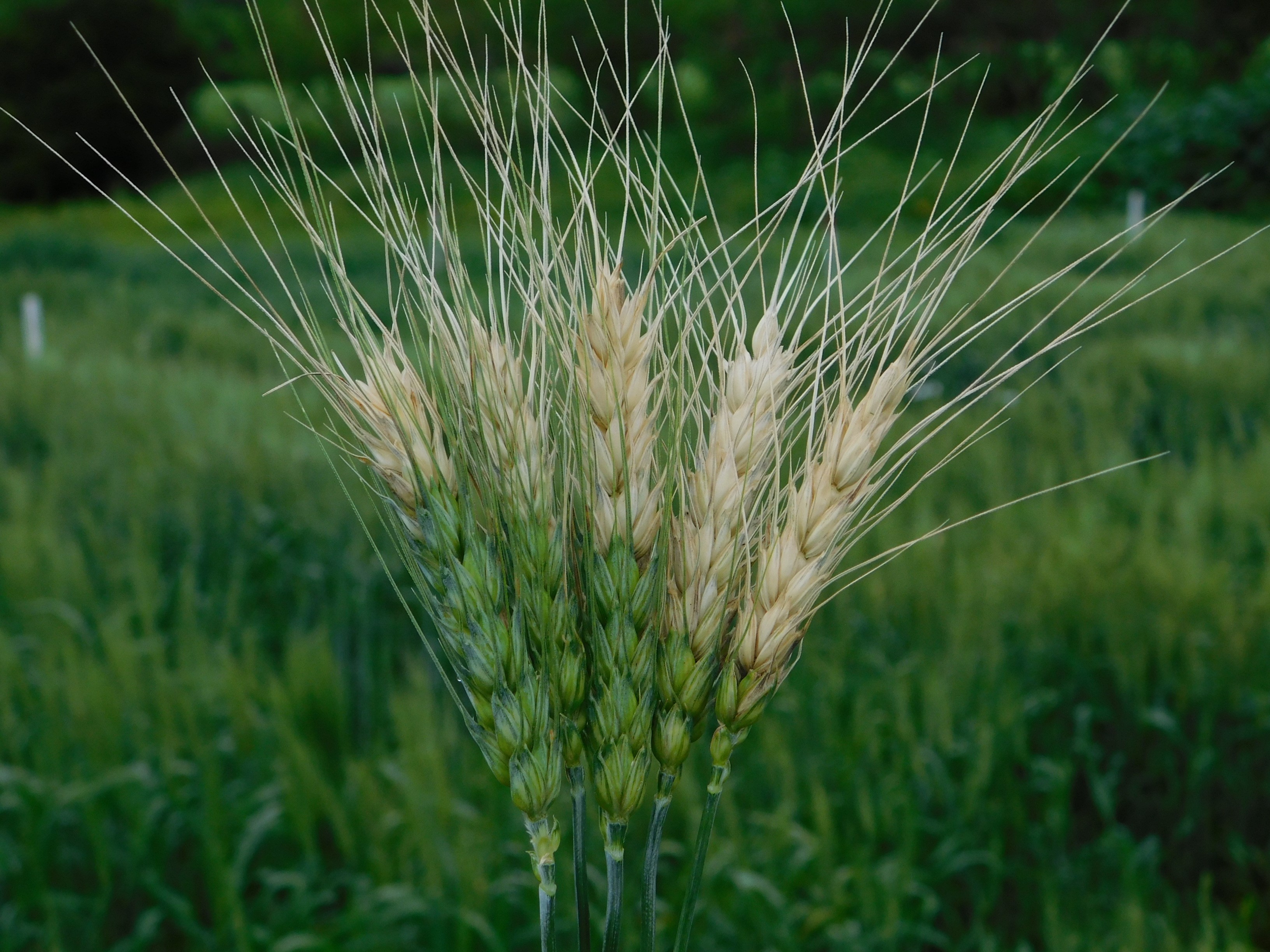
 Environmental health and biodiversity
Environmental health and biodiversity 